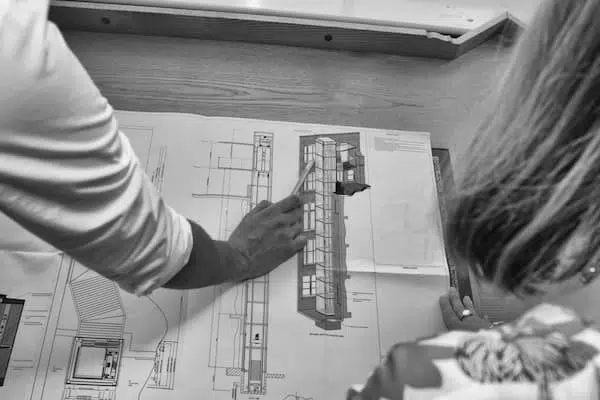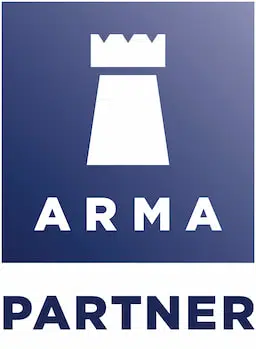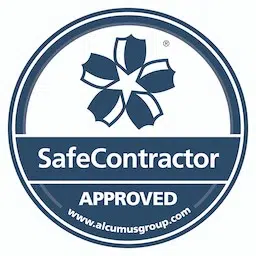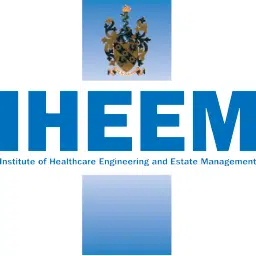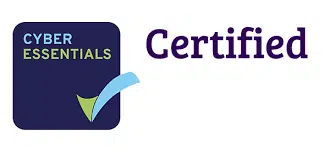The Health and Safety Executive (HSE) has recognised the potential challenges when carrying out Thorough Examinations and Testing (TE&E) of lifts as a result of additional precautions people need to take to help reduce the risk of transmission of coronavirus (COVID-19).
While the law for Lifting Operations and Lifting Equipment Regulations (LOLER) remains in place, the HSE has provided new guidelines for dutyholders to help ensure that their lifts remain safe to use.
The HSE have stressed that Thorough Examinations under LOLER remain a ‘fundamental part of the management process’ and that the following risk based approach should only be undertaken, if all attempts to ensure a TE&T have been exhausted. To this end, the HSE have made the following suggestions to help ensure that testing can be completed:
- Ensure that inspection bodies have access to equipment in a timely manner.
- Work with the inspection body to manage appropriate social distancing in the building to satisfy both your needs and those of the inspection body, as part of the Government drive to manage the spread of COVID-19.
- If your inspection body is unable to provide engineers due to staff absence, make reasonable attempts to source engineers from another provider.
In the event that dutyholders, having worked with their inspection body, are unable to arrange a periodic inspection, they must take competent advice (from their inspection body) and apply a robust risk based approach to decision making about the continued operation of the lift.
If the conclusion is that the equipment cannot be used safely then it must be taken out of service.
If dutyholders conclude that the lift can be used outside of its testing period, the HSE have suggested that they should adopt a risk based approach, using the guidance provided on their website and within the HSE’s ‘Guidance note for dutyholders and inspectors’ document, which can be found here Lifting Operations and Lifting Equipment Regulations (LOLER) (hse.gov.uk).
A full copy of the HSE statement and additional guidance notes for dutyholders and inspectors can be found here Coronavirus (COVID-19) – Advice for workplaces (hse.gov.uk).
All dutyholders should read and follow the HSE guidelines before considering whether to allow their lift to continue in operation following the expiry of a LOLER certificate. At ILECS we can provide emergency LOLER inspections at short notice.
Having reviewed the guidance from the HSE, ILECS have looked at what additional information and advice might be beneficial to support any risk based approach to ensuring compliance with a dutyholder’s obligations under the Health and Safety at Work etc., Act 1974. We recommend that a file for the lifts is maintained by the dutyholder.
The file should contain all relevant documentation and information, required by the current HSE guidelines along with the risk assessment and support documentation suggested by this guidance note. The file should be kept available for anyone, who may be required to assess it at a later point.
- Dutyholders should document all correspondence relating to any and all attempts to arrange an examination for the lift. Emails, phone calls and mail correspondence between the dutyholder and relevant inspection bodies should be recorded and stored.
- Dutyholders should document the decision making process and reasons why they have decided to continue operating the lift.
- We suggest that the dutyholder evaluate the necessity of the lift to the building operation. We would consider firefighting lifts the most critical of any lift within any building and would prioritise this above all others. Other evaluation questions might include, but not be limited to whether the lift is the only lift within the building, or the only lift serving all floors? All of this should be documented.
- We recommend that a full maintenance assessment of the lift is undertaken by the dutyholder. This would include (but not necessarily be limited to):
- Determining the number of service or maintenance visits within the last six months. A minimum of two is recommended in order to show regularity of maintenance.
- Verifying that all immediate, timed and other defects have been addressed on the most recent LOLER report. Where timed and immediate defects exist, we recommend that the lift be removed from service. Where other defects exist, these should be assessed on an individual basis to determine their risk to the continued safety of the lift operation.
- Establishing whether any health and safety defects or concerns have been raised by the maintenance contractor. Where these have been raised, any remedial works should be verified as having been completed.
- Evaluating the level of recent reliability of the lift and the nature of any call outs or breakdowns. If the lift shows a recent history of poor reliability, we would recommend against retaining the lift in operation.
- We recommend that the availability of continued regular maintenance by the dutyholders provider is confirmed and documented. It is possible that the service level will be reduced, and if there are a number of lifts within the building it may be necessary to focus on just one or two, in order to ensure the greatest level of maintenance cover is available to those lifts. Again, we strongly recommend that any firefighting lifts within the building are given priority.
- Dutyholders should document any additional measures taken to ensure that risks are minimised. These could include additional visits or more thorough maintenance and inspections by your service provider.
- We recommend that a risk assessment is undertaken on the operating environment of the lift. Questions forming the risk assessment could include but not be limited to:
- Is the lift regularly used for moving goods?
- Is it subject to misuse or vandalism?
- Is the lift over 15 years old or possibly reaching the end of its useful service life?
It may be necessary to restrict the level and type of use in order to limit the risk of breakdowns or failures.
- We would suggest that any risk assessment undertaken by the dutyholder be time limited, and that a date be recorded within the risk assessment, upon which a further assessment will be completed. Efforts should be continued to secure an inspection visit by your inspection provider and all related correspondence documented and recorded.
- Following the conclusion of any risk based assessment, we recommend that you discuss the results of your assessment with your insurance provider to confirm their satisfaction with any decision to retain a lift in operation.
The above information is based upon currently published guidance, provided by the HSE and is subject to revision, amendment and withdrawal, should the relevant guidance or regulations change.
These guidelines shall be subject to review following the release of any updated guidance provided by the HSE but their validity shall not extend beyond one month from 17th April 2020.

